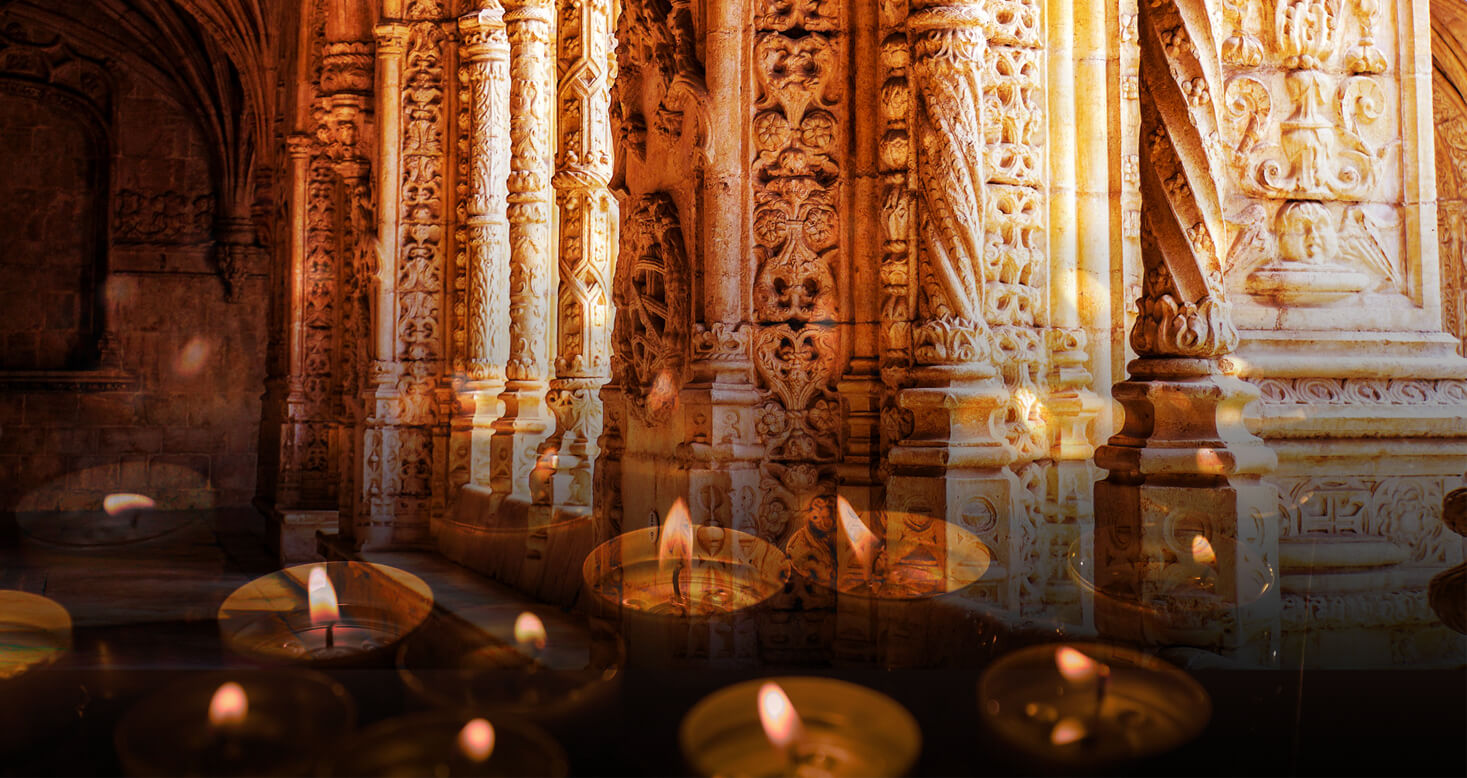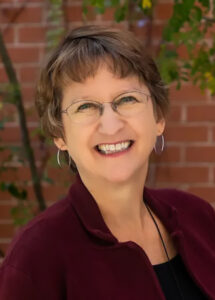Saints and cult sites were central to religious practice in the Christian Middle Ages. This course examines four sites (Qalʿat Simʿān, Constantinople, Conques, and Chartres) to find evolving concepts of sanctity and forms of cultic practice in medieval sociopolitical context. When did new kinds of saints emerge? How did holy people interact with others in their societies? How does architecture spatialize perception of the sacred, and how does art focus it? Ranging from fifth-century Syria to thirteenth-century France, the buildings to be discussed include monastic and pilgrimage churches, a palace chapel, and cathedrals. Artworks such as pilgrim’s tokens, mosaics, icons, manuscripts, reliquaries, statues, and stained-glass windows evidence the devotional “zones of attraction” within these buildings as well as the circulation of images beyond them and the rise of theories of art in the Middle Ages.
Registration will open online on Monday, November 23, 2020 at 8 AM (AZ Time)
- Classes will be delivered online via the Zoom video conferencing platform. Course will be password protected and only available to enrolled students.
- All class sessions will be recorded and made available to enrolled students for a limited time to assist those who may not be able to attend the live class times.
- Enrolled students may withdraw from a course and receive a tuition refund if the request is received before the second class session.





